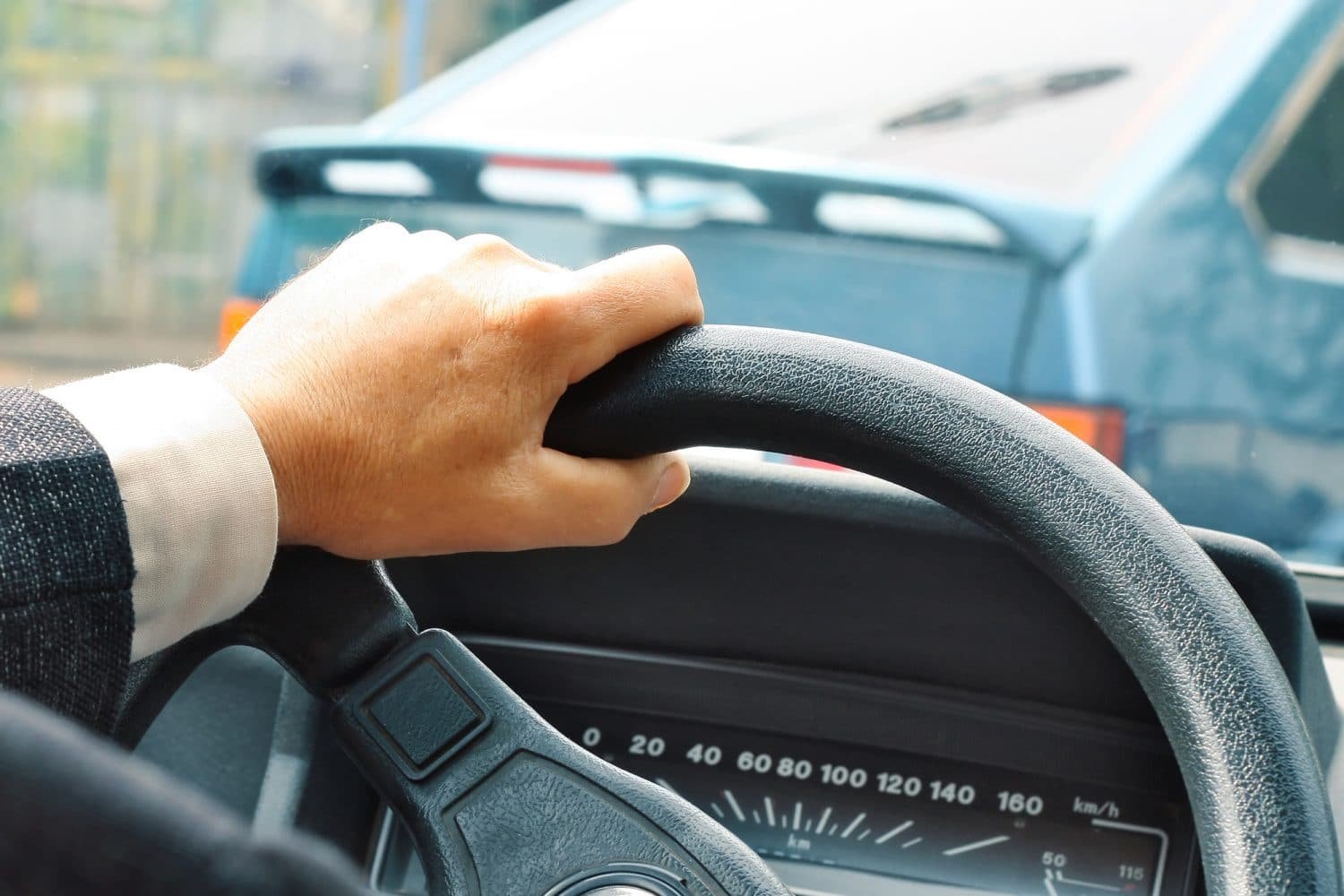Odometer reading works as an influencing factor for used car buyers. Those simple numbers on an odometer can give you a good indication of several points that plays an important role in used car purchase–
- It helps you to be aware of any upcoming maintenance and repairs
- It will tell you, how well the vehicle was looked after
- If the warranty is still applicable
- The average life expectancy of a vehicle
- Details of the car value
Some dealers roll back the odometer with the intention of defrauding a buyer. Rolling back of odometer reading gives an impression that the vehicle is less-used and there is more life left in it.
There are many tricks which dealers apply in rolling back the odometer reading. Especially those old cars where they had small plastic gears inside the odometer which can be disassembled and re-positioned to reduce the value significantly. Since the process of rolling back the reading was really easy a few decades ago, it was hard to decide whether the purchased vehicle has correct odometer reading or it’s false. The practice of disconnecting the speedometer cable and running it in reverse on a power drill to count the miles backwards was also common in previous years.
Looking at odometer fraud, manufacturers combated the problem by creating a safeguard in the odometer. Now, if the odometer numbers have tampered, it would be nearly impossible to straight line up the numbers again, making it visible that the odometer is rolled back.
Check & Decode Any VIN Instantly
Get your VIN check and find hidden problems with any car! Comprehensive vehicle and accident history, service and repair information, specifications, theft status and more

Now the odometers have almost completely changed and manufacturers have moved to digital readouts. They are supposedly foolproof. Still, with advancement in technology and access to information is so easy that you can learn how to roll back digital odometers with a simple google search. All the tools required are readily available online or any auto part shop.
Detecting the frauds on the digital odometer is difficult, but we came up with some simple checks that can assist you in detecting a potential rollback.
- Analyze vehicle usage
- Check the vehicle’s condition
- Check all the documents
- Ask for a mechanic’s inspection
Analyze vehicle usage
Check the year of the vehicle and the current mileage. For example, on an average, if we look at the North American vehicles. They accumulate approximately 12,000 miles per year. If you see that the selected used vehicle has less than 1200 miles per year, it’s a sign of concern. Check it properly and ask the owner for the details.
Also, if the chosen used car appears to be a business vehicle and still the mileage is abnormal, it could be a sign of odometer tampering.
Check the vehicle’s condition
Not every vehicle that has low miles or a rough interior has a rolled-back odometer. It can also be a case of negligence towards the car’s interior, but if it is combined with other issues it may be a cause for concern.
Don’t forget to check for the abnormal wear on brake and the car’s gas pedal. You can easily catch the odometer fraud by looking at the rubber of the brake pedal. If a car is showing the mileage less than 60,000 miles an the rubber pad is nearly worn through, it can be a sign of the potential issue. However, if the car was driven predominantly in stop-and-go traffic, considering pedal wear only as an indicator of tampering will not be correct.
You can also check the vehicle mats and carpets. A brand new car’s mat and carpets are quite durable and it takes tens of thousands of miles before they show any wear and tear. Don’t forget to check the heel’s spot on the mat on the driver’s side. If you find any “heel spots” on the floor mat or carpet and the odometer reading is way too less, there is a chance of tampering. Check properly.
Also, check the tread depth of the tires. You can check it by inserting the penny into the spikes of the tire. Make sure to point Lincoln’s head downward. If you see the top of Lincoln’s head that means there are less than 2/32nds of an inch left in the tire’s trade. If a tire is worn down to 2/32nds and the odometer reading is less than 25,000 miles, it means there is a high chance of odometer tampering.
Check all the documents
Always ask the seller for their maintenance records. Each receipt should have the details of the mileage. Follow all of the mileage records and track usage records properly. If there is an unusual gap in the mileage record, it can be because of odometer tampering or any other serious issue. You can also track the service history of a used car on the vehicle history report. Vehicle history report will also provide you with the details of odometer readings over time. You can easily compare the details on the documents and vehicle history report for accurate analysis. To get the instant vehicle history report, please click here .
You should also ask for the original title certificate and compare the recorded mileage with current odometer reading. This comparison will help you to catch the irregularities quickly.
Check & Decode Any VIN Instantly
Get your VIN check and find hidden problems with any car! Comprehensive vehicle and accident history, service and repair information, specifications, theft status and more

Ask for a mechanical inspection
It will be good to take an expert’s help during the used car’s inspection process. Try to go for an ASE certified mechanic. For more details on ASE certified mechanic please read the points “Get the car inspected” in our blog: 8 Things you should do before buying a used car

